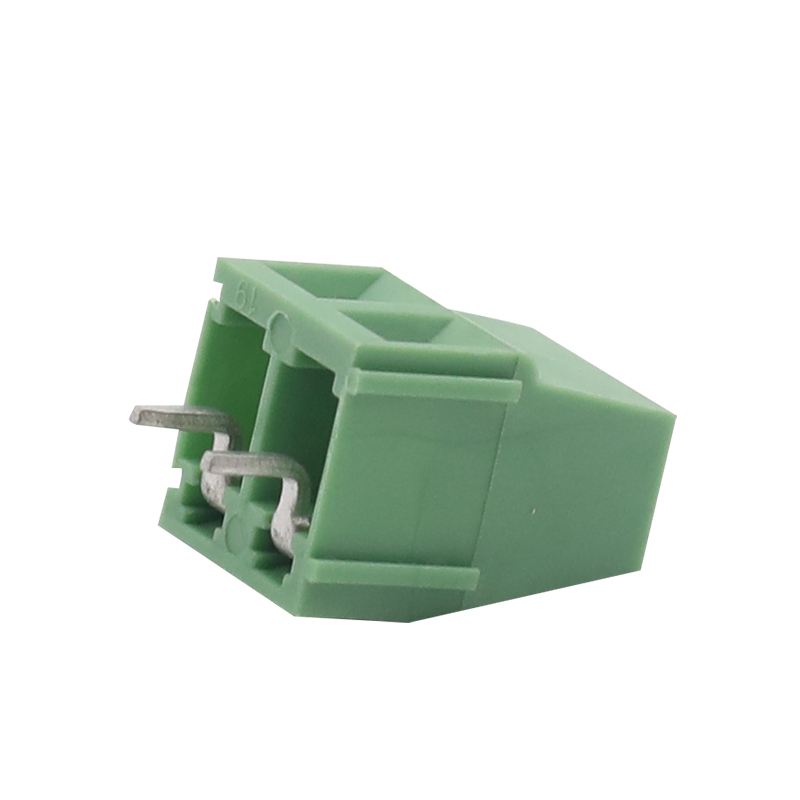Evolution in Connectivity: Unveiling the Differences Between Control System PCB Terminal Blocks and Traditional Terminal Blocks
2024-04-12
In the ever-evolving landscape of industrial automation, where precision and efficiency reign supreme, the choice of terminal blocks plays a pivotal role in ensuring seamless connectivity and signal transmission within control systems. As technology advances, new generations of terminal blocks emerge, offering enhanced features and functionalities tailored to the evolving needs of modern applications. Let's delve into the key differences between Control System PCB Terminal Blocks and traditional terminal blocks, shedding light on their respective strengths and applications in the realm of industrial control.
Understanding Traditional Terminal Blocks
Traditional terminal blocks have long been a staple in control systems, providing a reliable interface for connecting wires or cables to control panels, distribution boards, and other electrical components. These terminal blocks typically consist of metal screws or clamps housed within insulating materials, offering simple yet effective wire termination solutions.
Embracing Innovation: Control System PCB Terminal Blocks
Control System PCB Terminal Blocks represent a significant advancement in terminal block technology, designed to meet the evolving demands of modern industrial automation. Unlike traditional terminal blocks, Control System PCB Terminal Blocks are specifically engineered for integration onto printed circuit boards (PCBs), offering a more compact, modular, and versatile solution for connectivity and signal transmission.
Key Differences
1. Integration onto PCBs: Perhaps the most significant difference lies in the integration method. While traditional terminal blocks are mounted onto panels or enclosures using screws or mounting brackets, Control System PCB Terminal Blocks are directly mounted onto PCBs, eliminating the need for additional hardware and streamlining the assembly process.
2. Space Efficiency: Control System PCB Terminal Blocks offer a space-efficient solution for connectivity within control systems. By integrating directly onto PCBs, terminal blocks save valuable real estate in control panels and enclosures, allowing for more compact and efficient designs.
3. Modularity and Flexibility: Control System PCB Terminal Blocks often feature a modular design, enabling easy expansion and reconfiguration of connections. Traditional terminal blocks, on the other hand, may lack modularity, limiting flexibility in system design and layout.
4. Compatibility with PCB Design Tools: Control System PCB Terminal Blocks are designed to seamlessly integrate with PCB design tools and workflows, allowing engineers to optimize PCB layouts for connectivity and signal routing. Traditional terminal blocks may require manual placement and routing, leading to increased design complexity and potential errors.
5. Enhanced Features and Functionality: Control System PCB Terminal Blocks may incorporate additional features such as coding options, labeling options, and advanced termination technologies (e.g., spring clamps), enhancing performance, reliability, and ease of use compared to traditional terminal blocks.
Conclusion
In conclusion, Control System PCB Terminal Blocks represent a paradigm shift in terminal block technology, offering a more integrated, space-efficient, and versatile solution for connectivity and signal transmission within control systems. While traditional terminal blocks continue to serve a vital role in industrial applications, Control System PCB Terminal Blocks offer distinct advantages in terms of integration, space efficiency, modularity, compatibility, and enhanced features. By understanding the differences between these two types of terminal blocks, industrial stakeholders can make informed decisions to meet the specific requirements of their applications and drive innovation in industrial automation.



